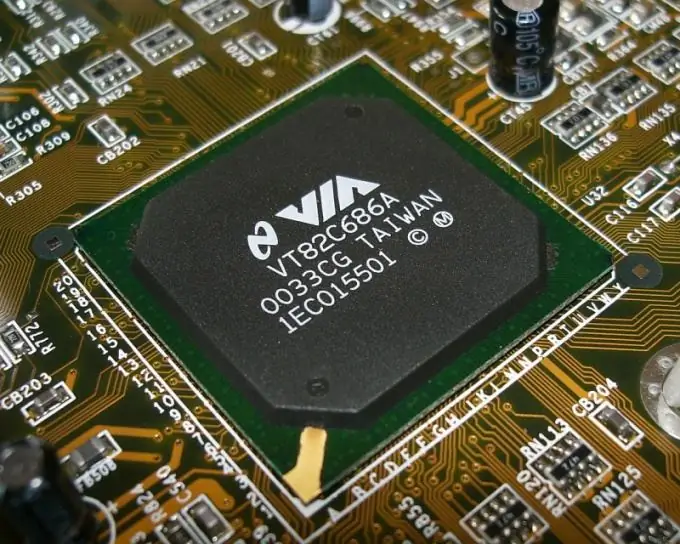Overheating of certain devices of a personal computer can lead not only to a decrease in the overall performance of the PC. Long-term, localized temperature increases are often the cause of damage to devices such as the central processing unit, video card, and chipset.

Necessary
Everest
Instructions
Step 1
Special utilities help to identify overheating of some devices. To determine the temperature of the central processor and video card, you can use the simplest programs, such as SpeedFan or Speccy. Unfortunately, they are far from always able to read information from the thermal sensor located on the chipset. To find out the parameters of this device, use the AIDA program (Everest).
Step 2
Download this utility. Install the Everest components. Restart your computer and run the utility. Find the Computer tab in the left column and expand it. Open the "Sensor" menu.
Step 3
Find the item "Chipset" or MCP and look at the temperature reading. It should be noted that these readings may differ slightly from the actual ones. If you have instruments that can measure the temperature of small elements, use them.
Step 4
Remove the system unit cover to access the system board. Find the chipset heatsink. Usually, the motherboard has only two cooling heatsinks: for the central processor and the chipset. Read the temperature readings from the bottom of the desired radiator. Add 4-5 degrees Celsius to your result.
Step 5
Visit the manufacturer's official website for the system board installed in your computer. Find the specifications for the chipset and find out the operating temperature range. In the event that you observe overheating of the device, replace the thermal grease between the chipset and the heatsink. Naturally, this procedure should be performed only after disconnecting the computer from the AC power supply.
Step 6
After replacing the thermal paste, be sure to check the temperature of the chipset. If the previous procedure did not help to significantly reduce the temperature, install an additional cooler.






